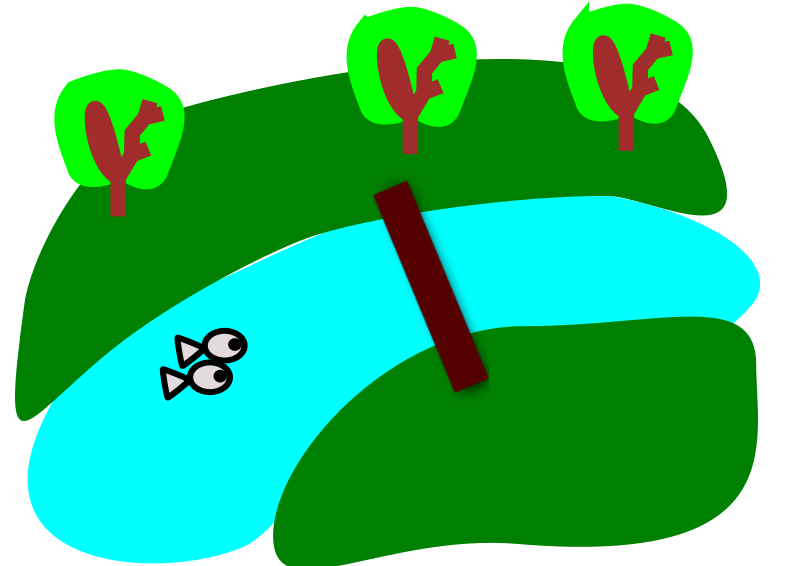There are many different narrative styles out there, and writers use them in all kinds of ways. But one of the trickiest is the stream of consciousness. If you hear thoughts inside your head all day every day, you still might not be able to pull this off. But if you want to really challenge yourself and write something different and amazing, this can be a great way to do it.
Voices in My Head
The stream of consciousness style of writing is relatively new when compared to the rest of the world of literature. It was first applied to a novelist in 1918. In short, this writing technique is an inner monologue that never stops. It's the character's every thought. Sometimes, it even lacks punctuation. If that sounds really difficult to write, it's because it is.
One of the best examples of the stream of consciousness style of writing is The Catcher in the Rye. This is a very distinctive style of writing, and one that not every reader enjoys. If you're going to write a book like this, you're going to need a very clear idea of who your main character is. You must be able to record their every single thought and reaction, so you have to know them inside and out. Know the part of their story that isn't on the page. Know what motivates them, what excites them, what they're afraid of. You have to know every detail in order for this style of writing to feel genuine.
That's the key to writing in a clear stream of consciousness style: it must feel genuine to the reader. You're putting them inside someone's head, so make sure they're really in there. If you can pull it off, your book will stand out to readers because this technique is not used often. But if you can't pull it off, you're going to end up with a rambling mess. Editing is important in this style, and you must clearly tell the story. Use an outline to keep yourself on track, and remember to avoid unnecessary writing.
When it works, it works really well. When it doesn't, well, it just doesn't. Keep your writing focused on the story and the character, and you can pull off the stream of consciousness technique.











0 comments:
Post a Comment